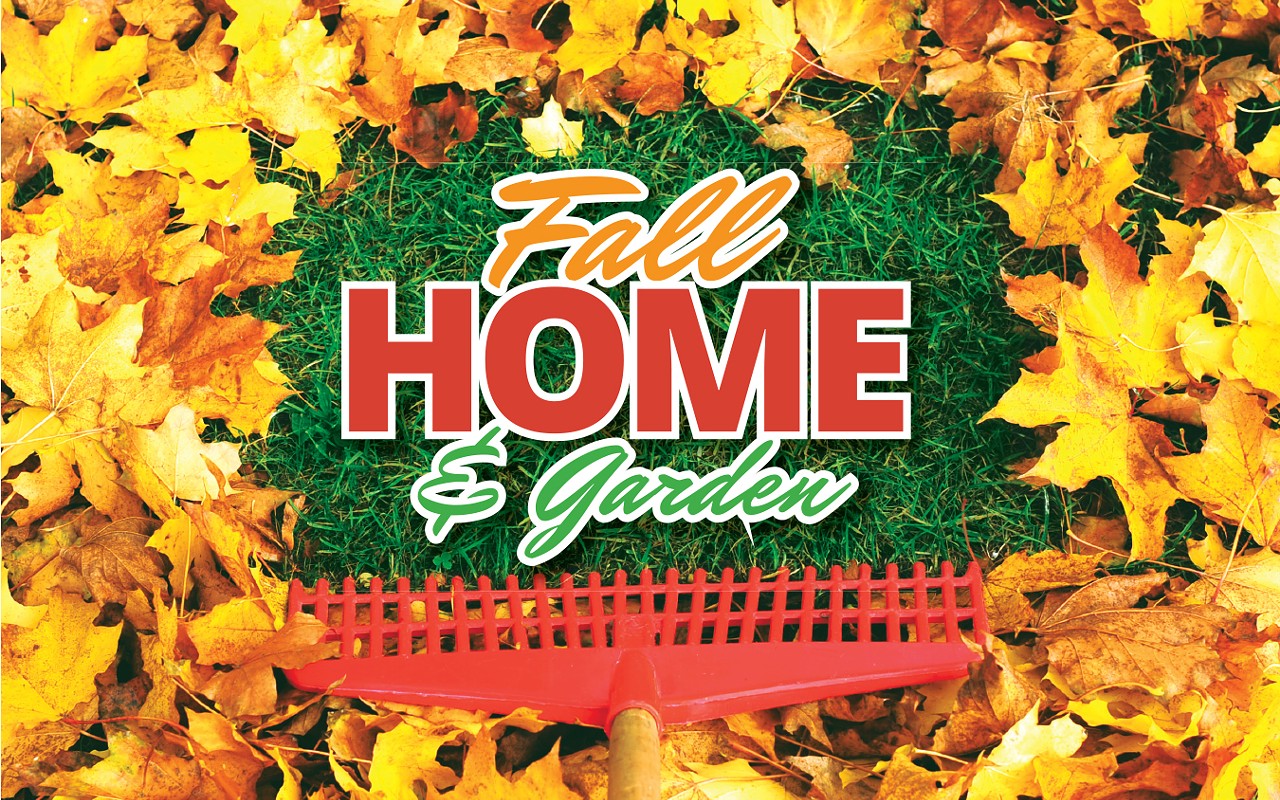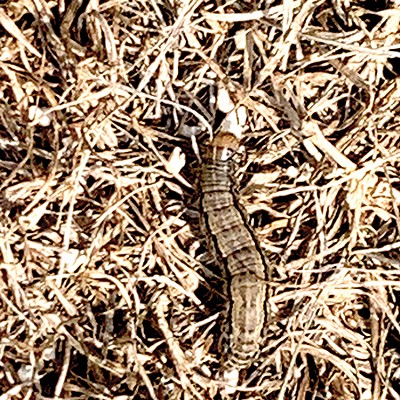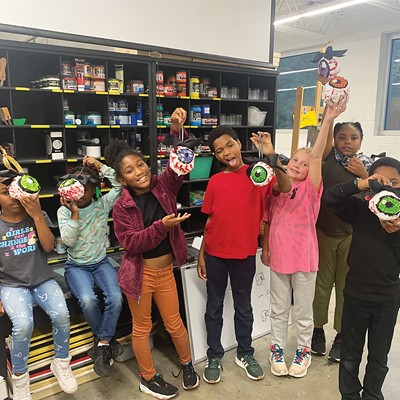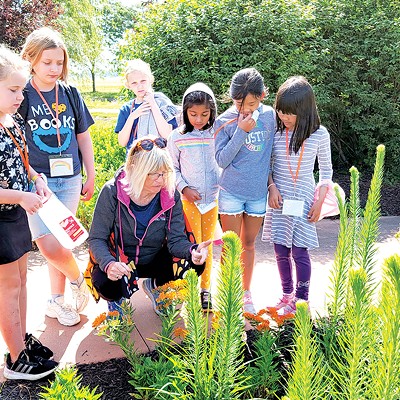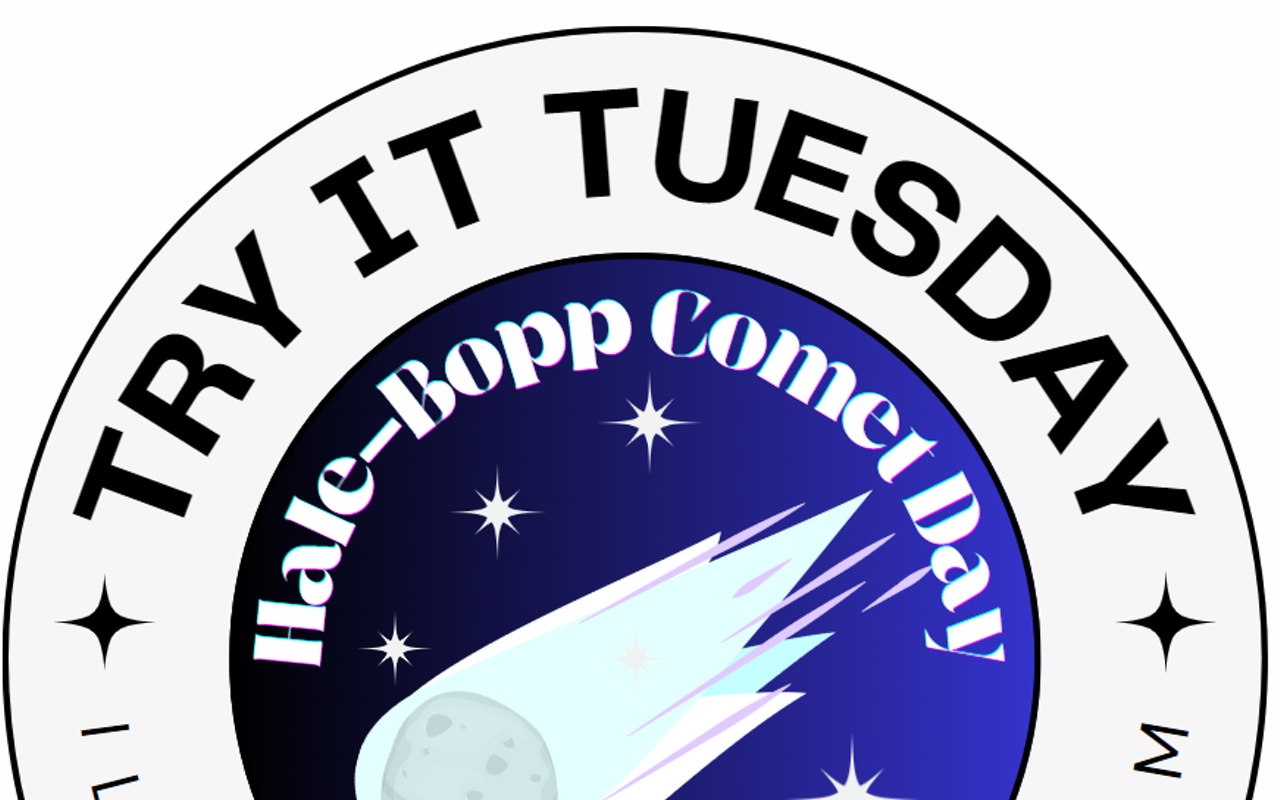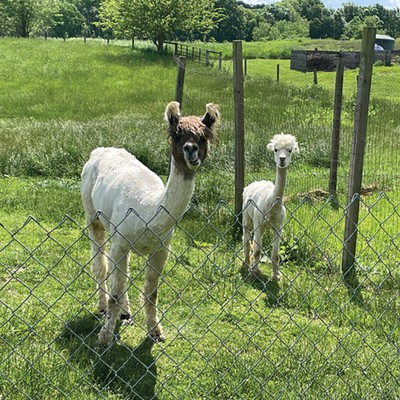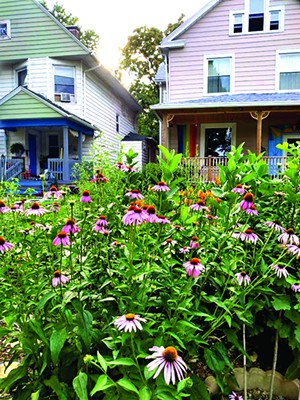
Rewilding is an environmental effort involving the repair of damaged and degraded ecosystems and allowing nature to regain its natural equilibrium. Large-scale domestic rewilding projects include dam removal in the Pacific Northwest and in the Northeast to facilitate the return of several endangered species of salmon, as well as reintroducing wolves to Yellowstone National Park, which stabilized and reinvigorated the ecosystem.
While we may read about and appreciate these grand projects, we can actually promote rewilding in our own neighborhoods. A few years ago, while reading about prairie restoration, I learned that an urban area planted with enough prairie patches can actually function as a prairie for its native species.
While none of us expect to see bison roaming down Sixth Street any time soon, the plantings of prairie patches throughout our city, both in public parks as well as in our front and back yards, have gone a long way to support endangered species like monarchs, as well as a plethora of other pollinators.
Using natives as landscaping plants benefits more than just pollinators, though. Native plants tend to require less water once established, as they have evolved to thrive in our climate of variable rainfall where we may see five inches of rain in July, followed by a completely dry August. Deep-rooted natives access water well below the surface during times of drought, and these roots also help to reduce soil erosion in times of intense rains.
Blazing hot sun does not faze prairie plants, making them suitable for harsh environments like a yard that faces west and receives full sun. Once established, prairie plants need minimal care. Pests do not seem to bother prairie plants as much as other less-hardy landscaping plants.
A partnership among the Springfield Park District, Springfield Parks Foundation and volunteers led by Susan Helm and Francy Cobern have established pollinator pockets in six public parks: Vredenburgh, Stuart, Bunn, Comer Cox, Kennedy and Washington Park, with more coming in 2022. These plantings have been inspiring for those dreaming of front yard meadows, and volunteers offering free milkweed plants throughout the past year have helped many get a start on their own pollinator pockets.
I am slowly converting my own lawn from resource-draining grass to a beautiful prairie pocket. A dozen species of flowering native prairie plants draw all kinds of butterflies and other pollinators, including monarchs and swallowtails. A variety of birds visit the feeder, and the seeds scattered from it have produced their own spontaneous garden, which the birds love. While the marigolds and zinnias blooming in my yard are not native prairie plants, they do provide additional nectar sources, plus bring visual delight to a yard that is not yet fully converted.
Planting prairie pockets is not the only kind of rewilding urban dwellers can do. Planting trees in urban areas also provides benefits such as reducing soil erosion; reducing the heat island effect by shading homes, streets and sidewalks; and providing nectar and other food sources for animals (including ourselves).
Our small actions may not seem like they could make much of a difference, but when woven together, they can have a huge impact on the wildlife that share our urban landscapes. Our actions increase the resiliency and vibrancy of our ecosystem for a variety of species, including birds, butterflies, bees and other insects. This not only benefits urban wildlife, but us as well. We're all in this together, biological life flourishing in balance, sharing urban spaces, in a cycle as sacred and holy as life itself.
Carey Smith loves the concept of rewilding, especially rewilding her own self.

